Discover the dirty little secrets of the South Coast bait ballers.
When he heard that Grant Shorland had put up Glenn McGrath-like figures of 16 from 21 in a single session off Mallacoota, The Captain was impressed — and more than a little intrigued. Determined to find out more, he came up with a cunning plan. The next day, armed with a slab of spiced rum and cola lubrication and a few spy cameras, The Captain’s crew cast off on a mission to expose the mysterious ways of the southern bait ballers.
In Grant’s eyes, the job starts with a detailed study of currents and water temperatures. “A lot of time and effort goes in to finding the fish,” Grant says. “We use RipCharts, which cost about $260 a year. If you really want to excel, follow RipCharts and the weather reports. It’s not luck — what we’re doing is narrowing our luck down into a four-mile (6.5km) radius.” South coast bait balls are typically made up of slimy mackerel and jack mackerel. The macks are feeding on krill and algae drifting in the east Australian current where it butts up against nutrient-rich water from the Southern Ocean. But while the macks are chomping krill, the marlin have them on the menu. On the shelf off fishing ports such as Bermagui, Eden and Mallacoota, the action gets fast and furious as striped marlin go into chow-down mode.
FISH FINDER
Finding the fish is what drives Grant, rather than actually catching them. “The ideal marlin hunting ground is warm water between 19 and 23 degrees, out of the current,” he says. “When it funnels down this way and forms an eddy, I get excited. If the eddy is on bottom structure or a canyon, I know that’s where the bait will be stacked up.” Just finding the fish doesn’t guarantee they’ll bite, Grant cautions. “The day before we caught those 16 fish, we had headed out for a recce, seeing heaps of free jumpers, but catching none. It’s not always a given. But it’s finding the fish that gives me the biggest rush. I don’t like winding the fucking things in.”
Grant reckons the fish have always been at his Mallacoota doorstep, but not many people hunt them. That’s why he bought himself a Grady-White 258 Journey powered by a pair of 150HP Yamahas. He calls it “a poor man’s game-fishing boat”. The walk-around configuration is ideal for getting up the bow and scouting the seas for bait ball signs.
Once Grant knows where the fish are, he’ll drop everything, including his newborn baby girl, Harley (into the cot, of course). “If you want to catch fish you can’t say, ‘we’ll go next time’. You’ve got to drop whatever you’re doing, get on a boat and go fishing — otherwise you’ll miss it,” he says. Grant also offers career advice: “It’s fucking good fun and fuck work.” On combining fishing and a relationship, he says, “Behind every good fishermen there’s an angry wife.”
GET ON THE GOOD GEAR
If you saved hard for your first shiny Tiagra 50W like The Captain did, you’re off to a good start. Now buy another seven. Grant goes to bait ball battles armed with eight 50W Tiagra reels. “When the bite is hot, you don’t want to be tying doubles,” he says. They’re all spooled with 24kg Momoi line with 200lb Momoi wind-ons tied by Matt Cassar. “Make sure your gear is all top-notch, double-check everything, especially crimps,” Grant says. “When conditions are tough, its gonna be the gear that lets you down. When that happens, you’re gonna be pissed off. This way, the only person you can blame is yourself.”
Grant’s gear is suitably sharp. “We run Shimano 50W Tiagras with a mix of Terez and Tiagra rods,” he says. “They’re stock-standard off the shelf, but there’s nothing better. You hear a Tiagra go off and it could put the horn on a jellyfish. They’re a little bit heavier, but they’re a proven product.”
On the hook set-up, Grant says, “We crimp our circle hooks, we don’t have ’em loose. We do the same with our skip baits. There’s less chance of a gut hook. When the fish swallows the slimy, it curls right over — and when you crank it out of his guts, 90 per cent of the time it’s right in the corner.”
BALL WATCHING
When you’re in the strike zone, Grant says observation is the key. “Keep a sharp eye for seals, birds and lit-up marlin. Have your best set of eyes on the bow up front, especially on days like today when the sun is low and bouncing off the clears. I’m amazed how many boats drive straight past marlin or balls because they’re rooting around with their sounder and not watching.”
Communication is another key to Grant’s success — and this involves a fair bit of swearing, apparently. “There’s a lot of yelling,” he says. “Once you spot the ball or marlin lit up, tell the skipper to get in front of it. The ball can be moving really quickly in the tide and wind, so drive in hard and flick it around on the driver’s side. You want to pitch your bait as close as you can to the front of the ball. If you can pitch 10m like Matt Cassar, that helps. He’d go to the World Series of bait ball pitching if it was a sport.
Grant’s all excited now, revelling in the fight. “Now the live bait will swim back into the school, but he’s tethered to your line and struggling,” he says. “That’s when the marlin will come and dong him. You feel him swallow the bait, then you gently pull him out until the hooks pin him — then strap up and get into him.”
During the fight, Grant likes to keep the fish, angler and skipper all on the starboard side. It helps with communication and to keep an eye on the line. It’s another reason why dive doors are on the starboard side. On the direction of travel, Grant says, “If the weather conditions prevail, backing down is fine. I love water coming over the back, but in a shitty sea, you go the way the boat’s supposed to go — forward. It’s much easier on the gear.”
BALLS UP
Bait ball fishing isn’t without its challenges. Ironically, finding bait that’s not fleeing for its life can be hard. For this reason, Grant’s advice is to “load up when you can, then get 10 more”. He also suggests marking bait when you come across it, in case you need to stock up later on. He’s even resorted to jagging slimeys off the surface with trebles when bait was hard to find. He reckons he once traded Morgans for baits during a hot bite, but The Captain has his doubts that Grant would ever part with a rum and coke.
“When the bite is hot you can burn through a lot of baits very quickly, and fresh ones always get belted first,” Grant says. “Having your sounder dialled in for deepwater bait is also a must.” When you drive like Grant, stuff breaks. On our trip, the hydraulic steering was leaking fluid faster than it was going in. The alloy T-top also started peeling open like a sardine can — at roughly the same time Grant was steering his Grady through a 20-knot nor’easter with metre-deep troughs. He had got word that the bait was balled up five miles north. (Captain’s note: see previous advice on dropping everything.)
The weather can also make bait balling tough. Big seas can mask balls and the wind can play havoc when pitching baits. Then, of course, there are those other bastard boats trying to do exactly the same thing as you. The Captain fully expects to be writing about bait ball rage this time next year.
FAST & FURIOUS
Grant fishes heavier than most — he’s here for a good time, not a long time. “You back down on him, bang, crack him off, then go get another one,” he says. “If they get their second or third run and go down, then you’re on the fish for a while, which is cool, but it definitely stresses the fish out more, in my opinion. Not that I give a fuck about anyone else’s opinion.”
He has some advice for the eggbeater brigade. “Leave the Stellas at home for kingfishing. You’ll only ever reel in one marlin on a thread-line reel.” It’s not all fast and furious fishing action. “When the bite dies down, we run a spread,” Grants says. “If you can’t find bait, you run the lures out. We’re running Catbo lures at the moment. We had a really good hook-up rate on the bright pink — we got four fish when we were trying to get bait. We also run one skip bait and a teaser to try and switch them.”
MAN WITH A PLAN
Plenty of fishos come to the south coast and head home empty-handed, their limp rod between their legs. Grant says the key to producing is to come up with a plan and stick with it. “Don’t get too caught up on what other people are doing — don’t go running around the ocean,” he says. “Run your own program and stick to it.” But the advice doesn’t stop there. “When you run out of alcohol, go directly to port. That’s not port as in ‘starboard’ — that’s port as in home.”
DISCLAIMER
Grant was not paid by Shimano to endorse any of their products — although he’d like to be. If you work at Shimano and you’re reading this, please send a Shimano T-Curve Stand Up game-fishing rod designed by Ian Miller to AFCOL Abalone Co-Op, 1 Commercial Road, Mallacoota 3892. In all seriousness, he pays money for good shit that works and Tiagras have never let him down.
GRANT’S DIRTY DOZEN TIPS FOR BAIT BALL SUCCESS
1. When the bite is hot, drop everything, get on a boat and get to the bait ball
2. Always be catchin’ bait, however you can
3. Get the best gear you can afford and double-check everything.
4. Be assertive. Drive onto the balls with, er, balls of steel.
5. Roll with a good team and communicate clearly.
6. Have a go-to spread when you’re on the prowl
7. Stick with your plan
8. Take spare hydraulic fluid or ask The Captain to pick some up on the way down
9. Leave the thread-line reels at home.
10. Take grog, especially if fishing with Grant.
11. Hunt in the slack, warm eddies, especially over bottom structure and canyons.
12. Dial your sounder in for deep-water bait.

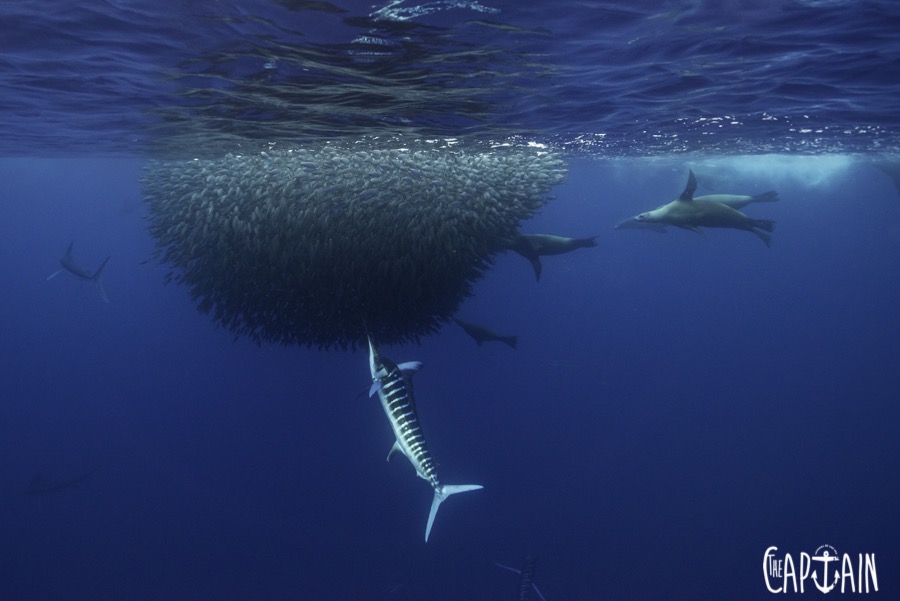


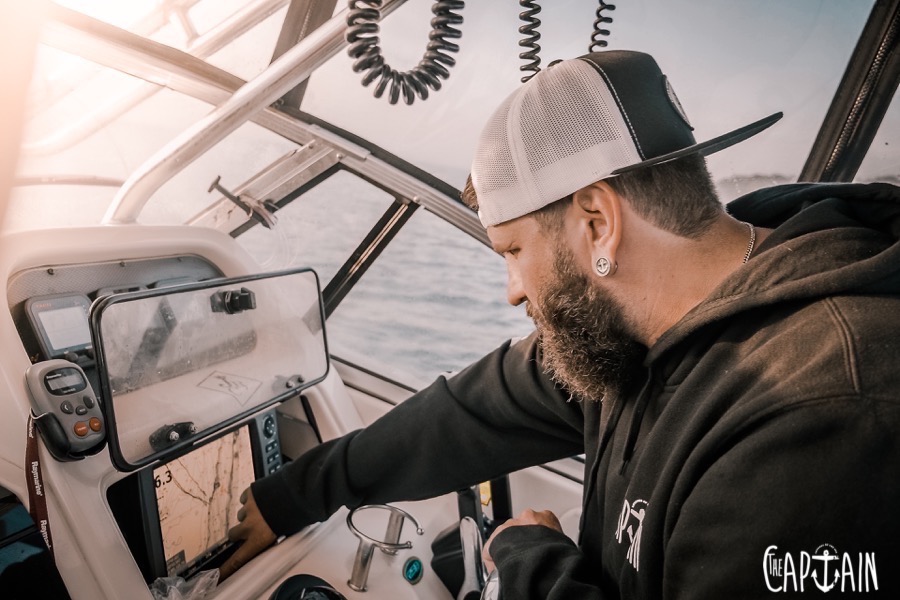
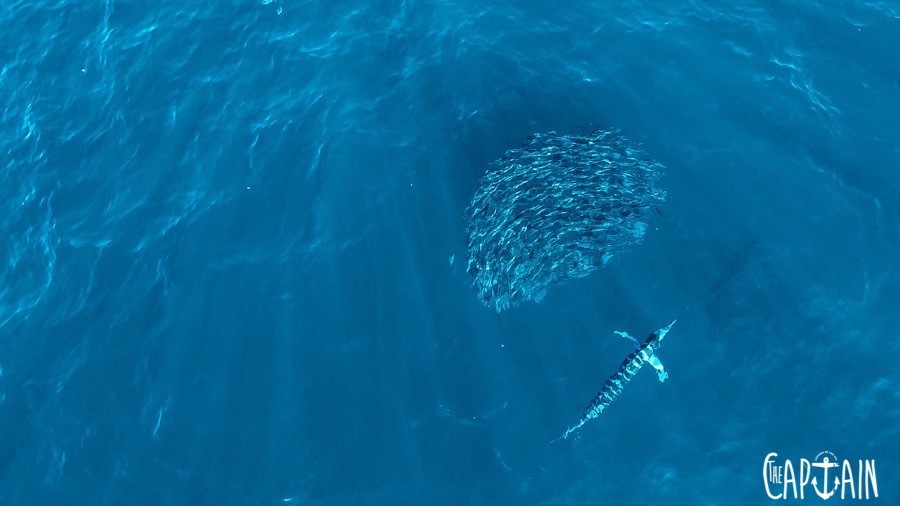

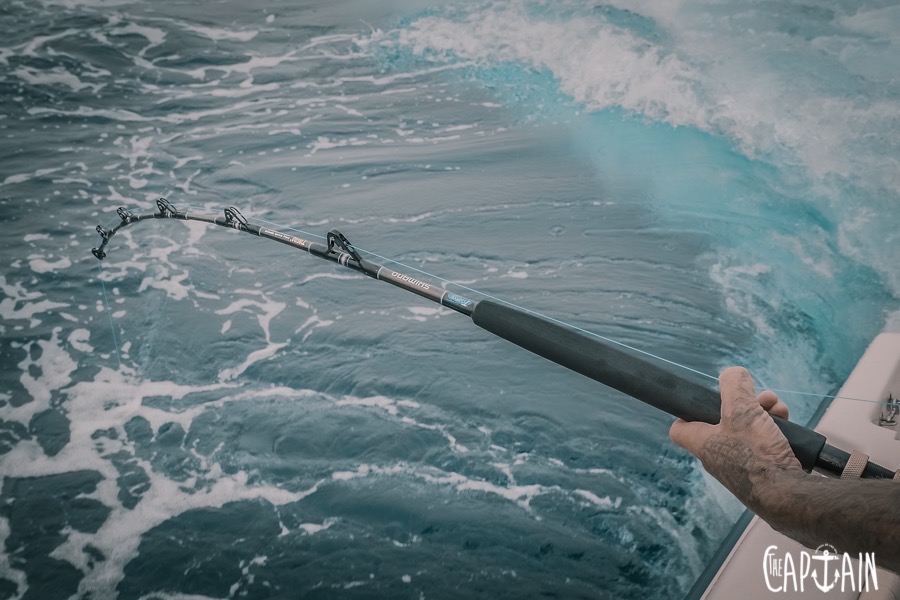

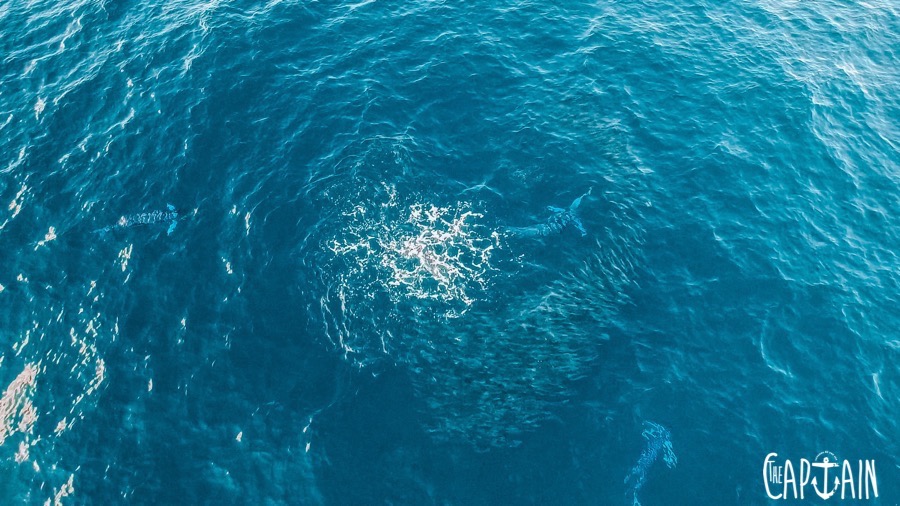
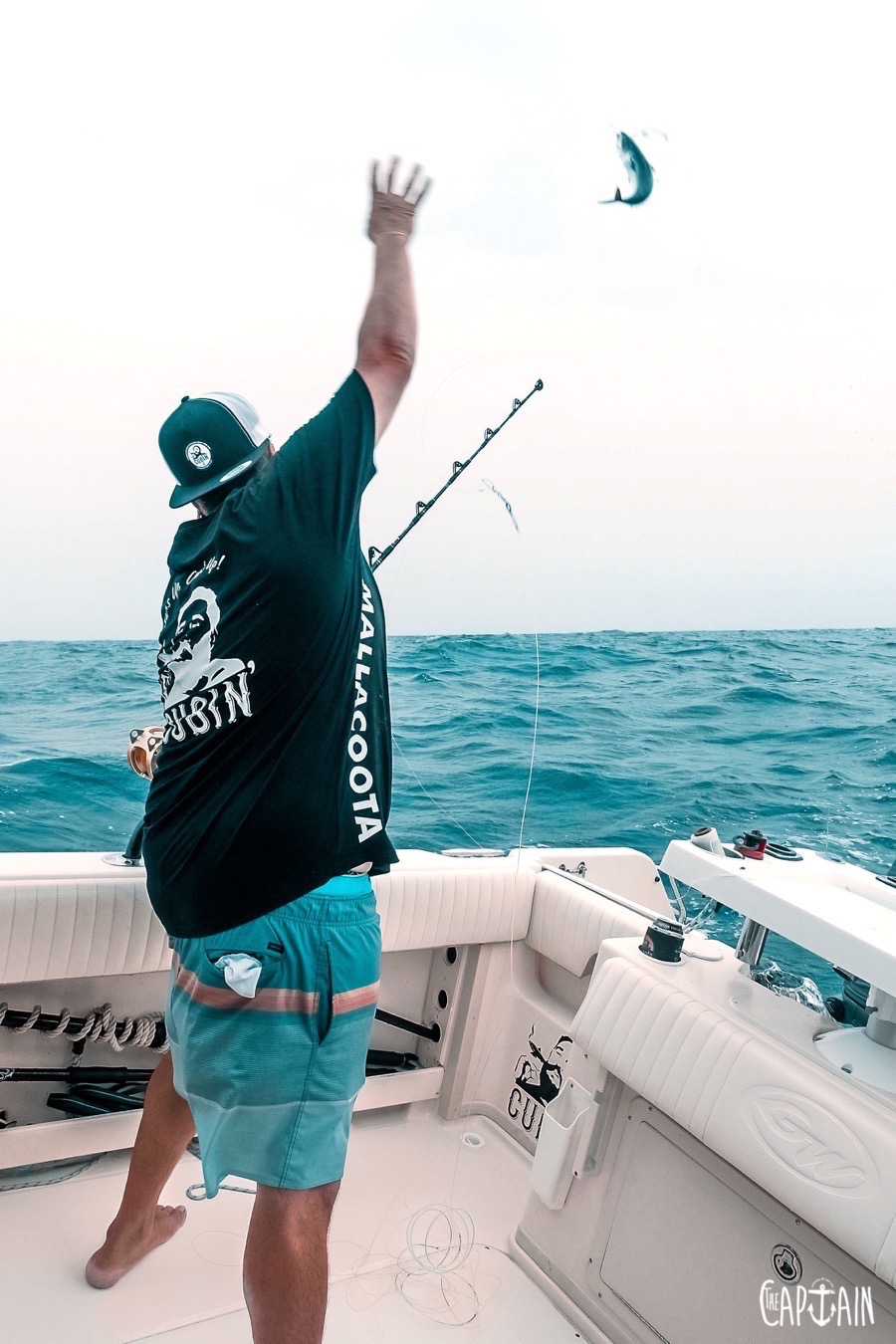
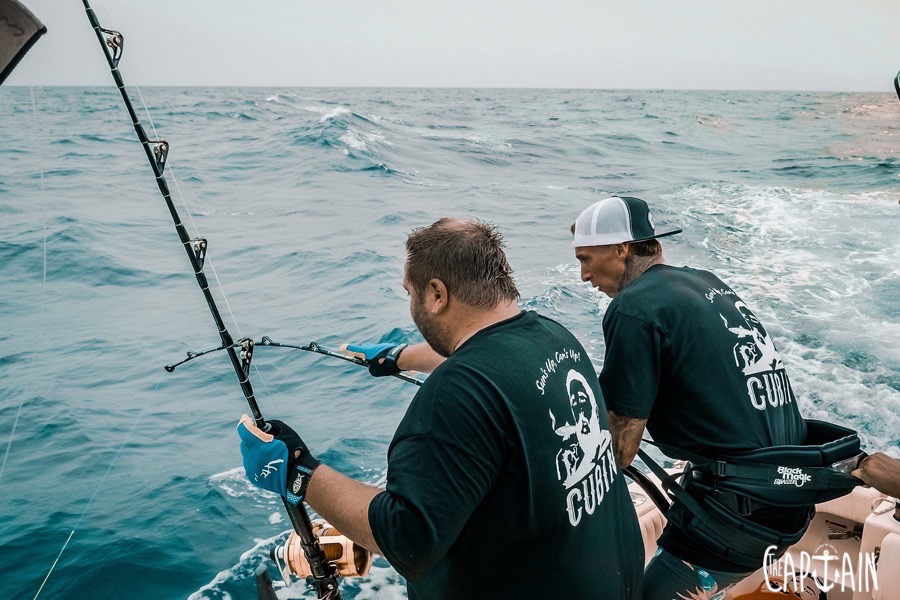


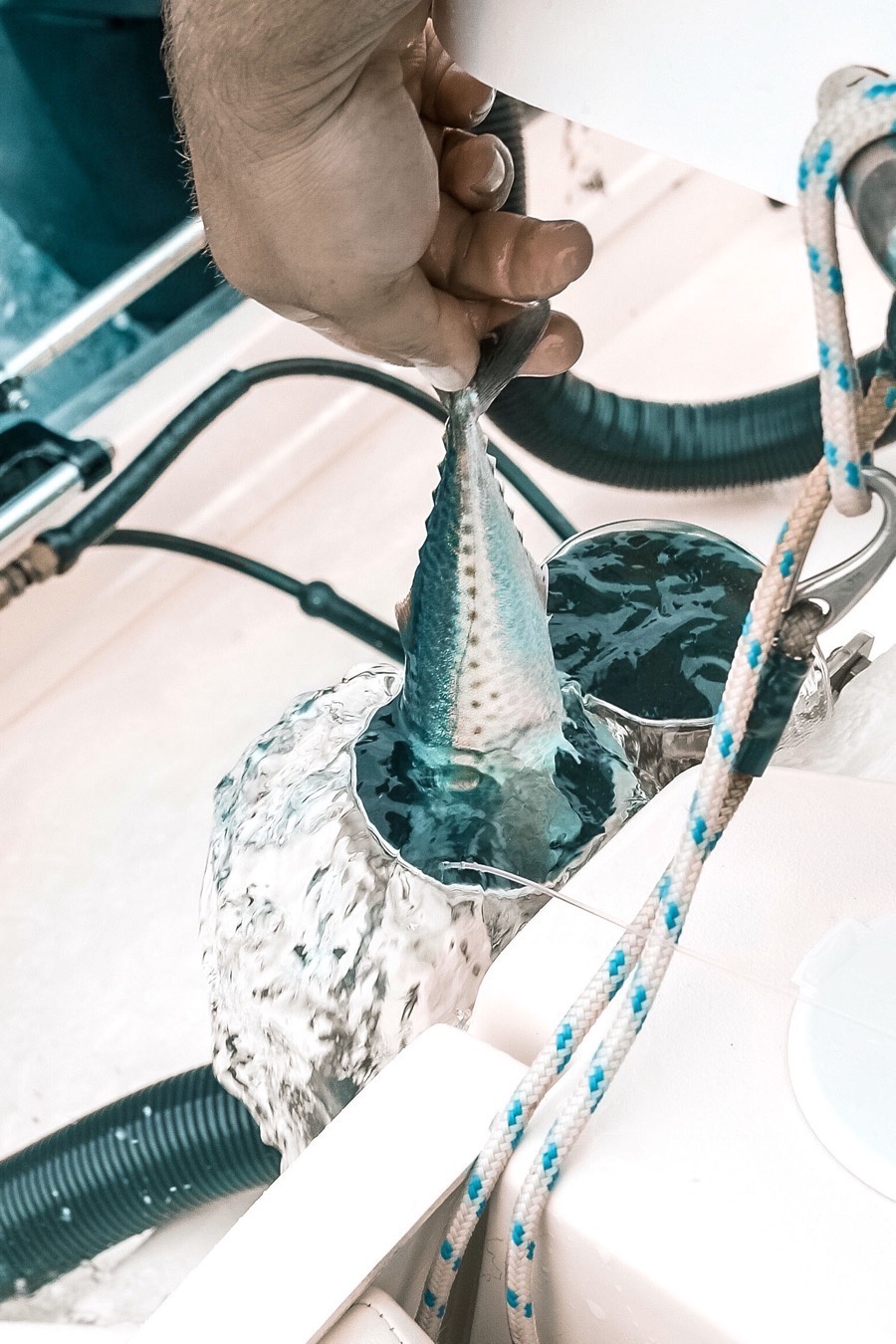

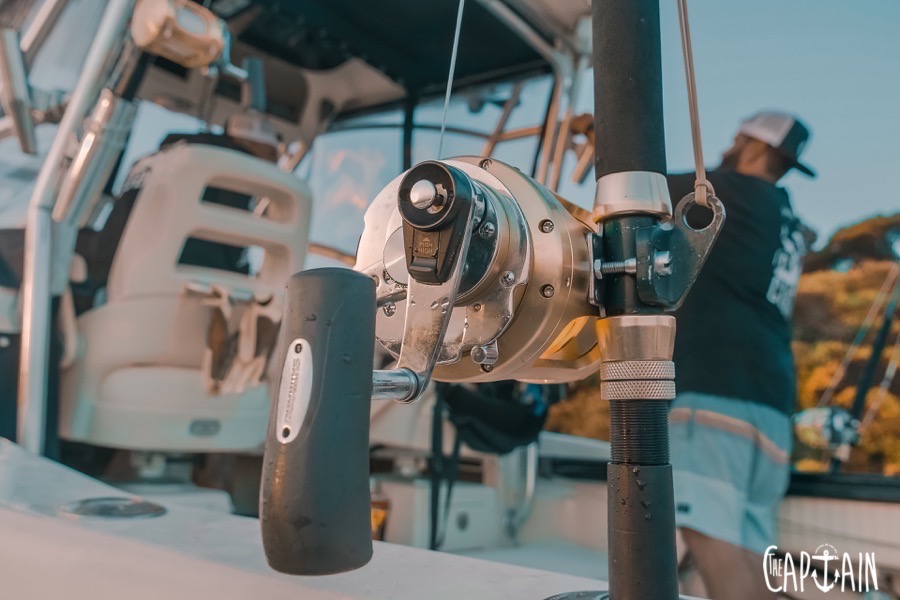
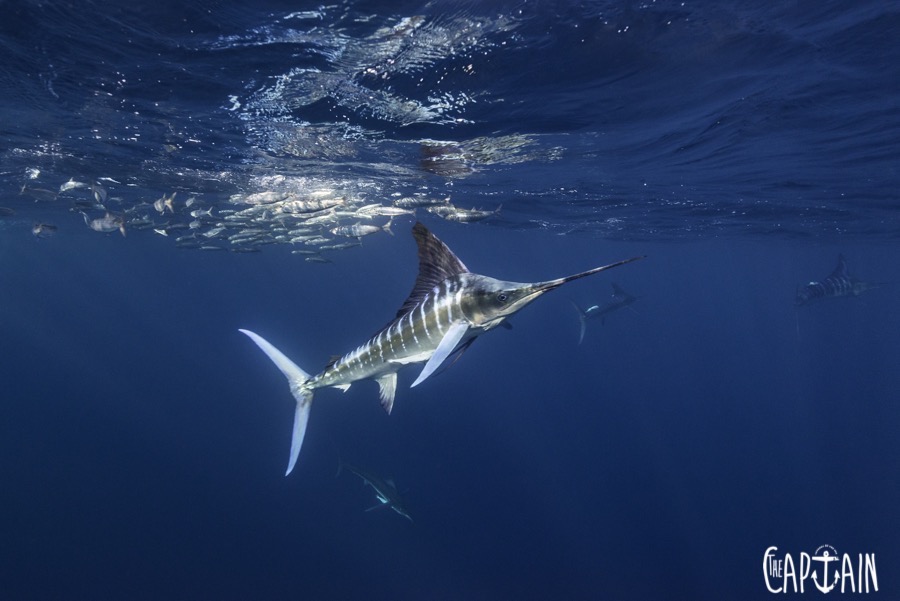
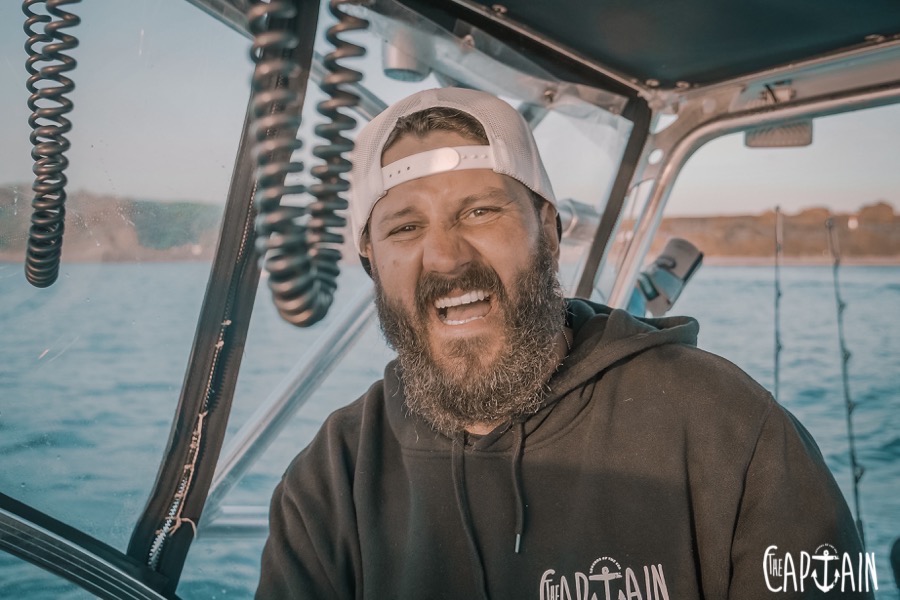
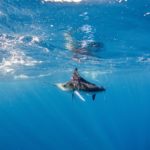

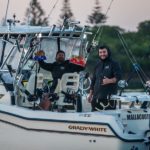







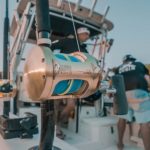




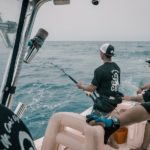
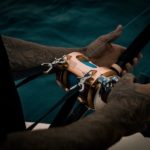

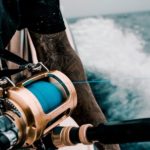



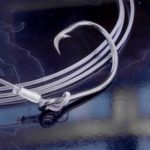
Recent Comments